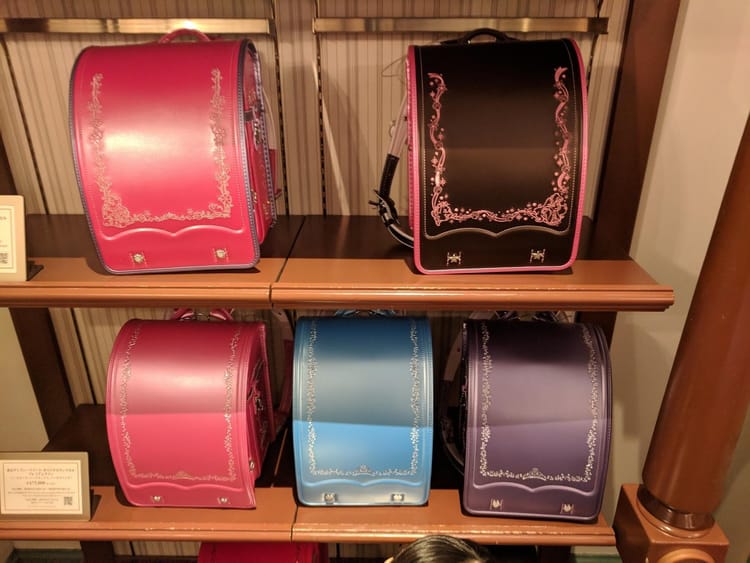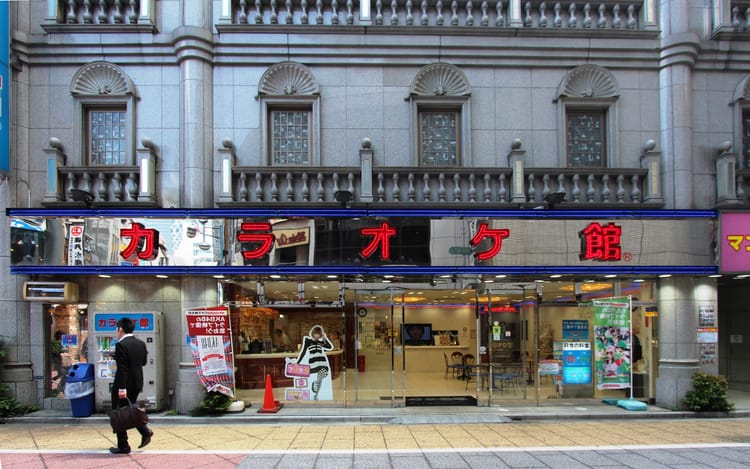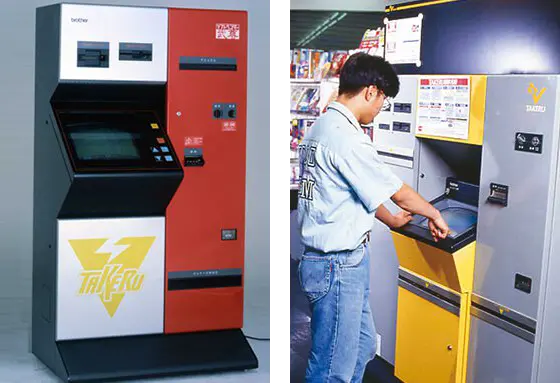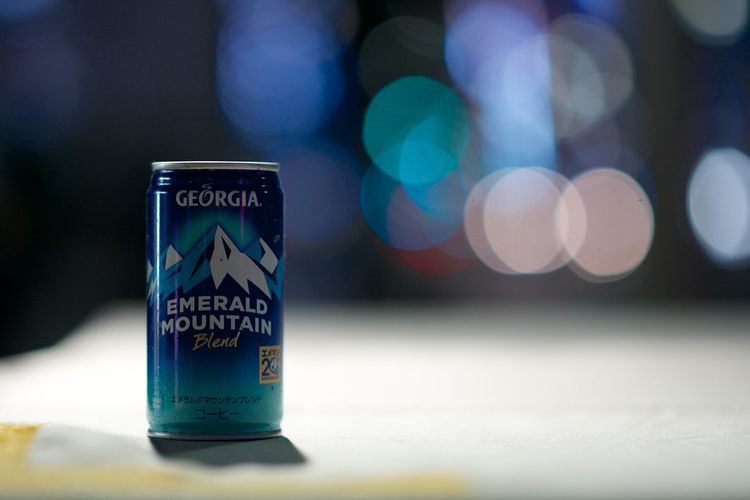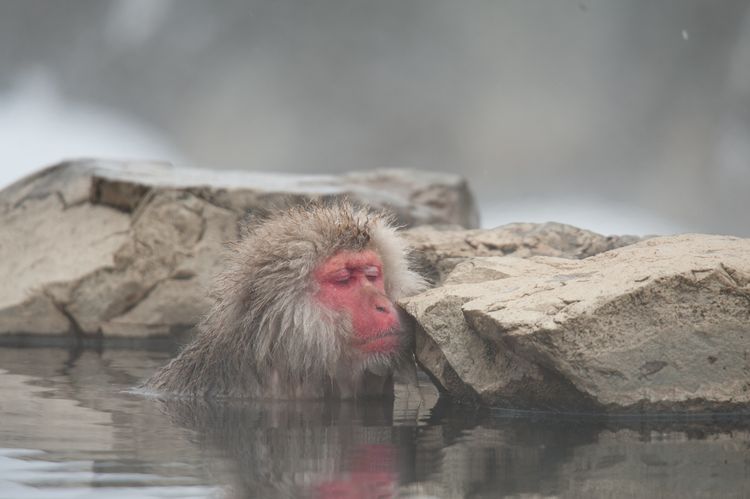Japan's Comfort Food: The Onigiri

Walk into any Japanese convenience store and you will always find a shelf dedicated to one item: onigiri.
The onigiri, often translated as “rice ball”, literally means “grasping a fistful” and is in many ways Japan's original fast food, before fast food. Quick to make, quick to eat, easy on the wallet, reminds you of home, and unreasonably delicious!
What is an Onigiri?
The simplest onigiri has just two ingredients: rice, and salt. Cook the rice, salt it, and gently press ~100g of the fluffed rice into a triangular shape. Really, that is all there is to it.
To impart an interesting taste, one could also wrap the onigiri in a sheet of nori (dried seaweed). The nori gives it a crunch and brings contrasting flavors that complement the rice.
A simple onigiri
Onigiris can also have fillings. Traditional fillings include pickled plum, bonito, and seasoned seaweed.
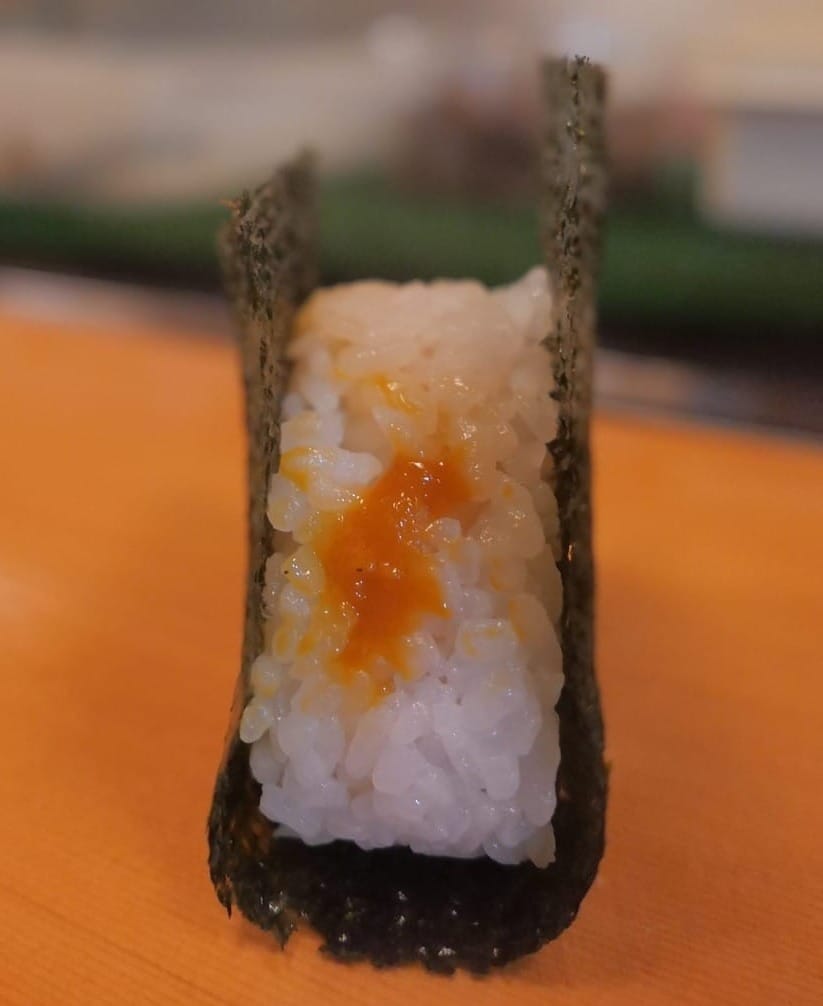
Finally, you also have the mixed-into-the-rice onigiris, where a variety of ingredients are cooked with the rice.
Making onigiris has lots of parallels with making eggs: simple to make but devilishly complex to master.
People can be veeeryyy specific about “The Right Way ™” to eat an onigiri. Some people think onigiri is best eaten cold, while others disagree vehemently. Personally though, the feeling of opening your warm onigiri and seeing the aroma waft out ... chef's kiss
A (Brief and Incomplete) History of the Onigiri
Archeologists have unearthed onigiri-like foods from ruins that date to about 2,000 years ago.
Today’s onigiri, though, really rose from post-war Japan’s economic miracle.
When talking about WW2 and Japan, most people remember the nuclear bombs dropped on Hiroshima and Nagasaki. What often remains in the shadows is the large-scale carpet bombing that Allied forces undertook over large parts of Japan. These raids flattened whole cities overnight.
After Japan surrendered, rebuilding the nation required every adult (and often children) to work to the bone. And they did. This is where the roots of Japanese workaholism started.
To support this increasingly busy population, supermarkets started stocking convenient and familiar foods. Onigiri was first sold at supermarkets in 1952.
This is interesting because onigiri was never a food that you bought or ate outside. It was something you made at home and packed into a lunch box.
Konbini and Onigiri
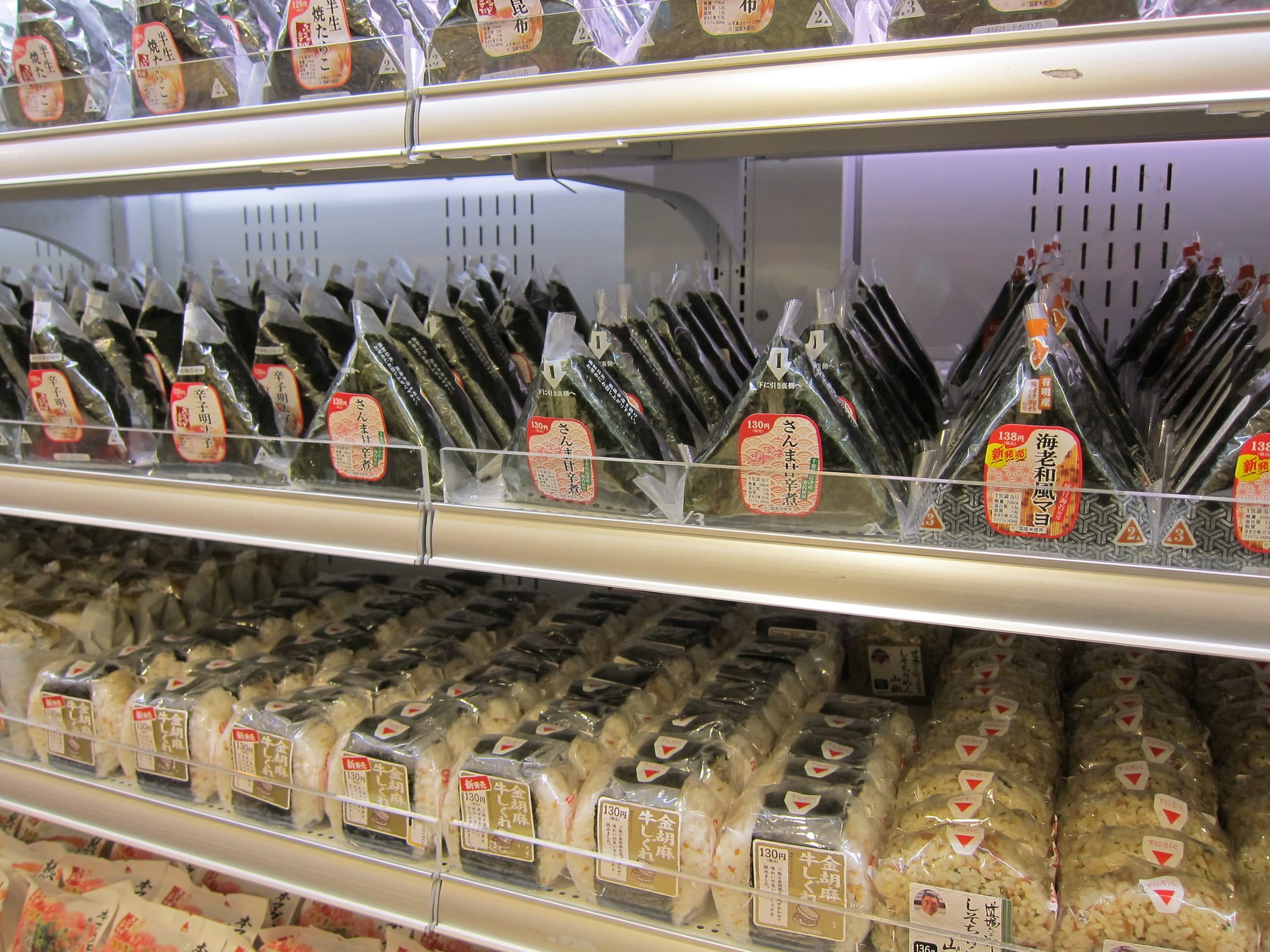
The meteoric rise of the onigiri is inextricably tied to the story of convenience stores in Japan. (Psst: We wrote about those here)
Konbini (Japanese for convenience store), which were open 24x7 wanted to provide their customers with familiar, fresh, and healthy food at a price that made sense.
They focused on lunch boxes (bento) and onigiri.
7-Eleven was one of the first convenience stores to stock onigiri, starting with traditional flavors like pickled plum, mentaiko (spicy cod roe) and kelp. Competitors were quick to recognize the demand and flocked in. Soon every convenience store chain had their own brand of onigiri.
1980s 7-Eleven commercial for onigiri
Each chain was competing on freshness, taste, variety, well-stockedness, and most importantly, the nori. This competition heated up so much that at one point newspapers started calling these “The Onigiri Wars”.
Rice, Seaweed, and Whole Lot of Engineering
The story of the onigiri’s rise to stardom is also the story of Japan’s engineering prowess.
See, onigiri in its most basic form could just be a ball of rice wrapped in nori, in a cling wrap. But then the nori would be stuck to the rice and would be soggy by the time the customer bought it. Many people didn’t like this.
There is a long-running rivalry between the east and west of Japan. Kansai (west) includes cities like Kyoto and Osaka, and Kantou (east) includes Tokyo and Yokohama.
For reasons the author doesn’t understand well, the people of Kansai and Kantou pride themselves on these differences. Hell, even electricity is different between these two regions (one runs at 50Hz, while the other is at 60Hz).
The people of Kansai and Kantou prefer their nori differently as well. One side likes them soggy, while the other likes them crisp.
You will not believe just how much money has gone into solving the engineering problem of “I want my nori to be crisp but I also want the rice to be moist and fluffy”.
The "Separate Method"
The first onigiris on the market used the “Separate Method”, where the onigiri was wrapped in a double walled pack. The double walled pack contained a sheet of nori. Customers would open the nori and then wrap it around the onigiri. It worked, but many hated how clumsy it was.
The Parachute
In the early 80s, Shinobu foods, a company from Osaka, came up with a brilliant invention called the “Parachute Method”, where the nori and onigiri were separated by a umm.. rip cord. One pull from the top gave you a soft onigiri wrapped in fresh nori.
Watch the parachute in action in this 1985 commercial
However, because they had to use oil to make the parachute pull out smoothly, the onigiri tasted different and people were displeased.
The "Cut Tape Method"
The next iteration came from 7-Eleven, called the “Cut Tape Method”, where customers simply had to tear a tape running vertically through the packaging. This didn’t use any oil and forms the basis for today’s onigiri packaging.
1:02 - 1:17 showing the Cut Tape Method in action
The "Cut Tape Wave Method"
Not to rest on their laurels, 7-Eleven engineered the pack to make it even easier to tear and landed with the “Cut Tape Wave Method”, where the packaging tears apart further, making it easier to open:
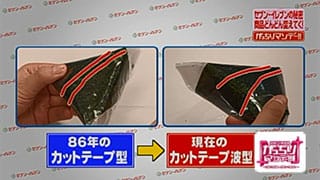
After 50 years of innovation, this is where Japan has landed:
The high-tech, elegant way of opening an onigiri
Always New and Yet the Same
The onigiri is a versatile, low-maintenance food. In a country hit by natural disasters often, the onigiri is always one of the first things made and handed out in evacuation shelters.

Japan consumes billions of pieces of onigiri every year and the humble onigiri keeps getting better. Every year new flavors are introduced, and companies try new combinations of rices, ingredients, and preparation methods. And yet, every year it still feels like the same, familiar onigiri from years ago. That is an enduring testament to this wonderful food!
